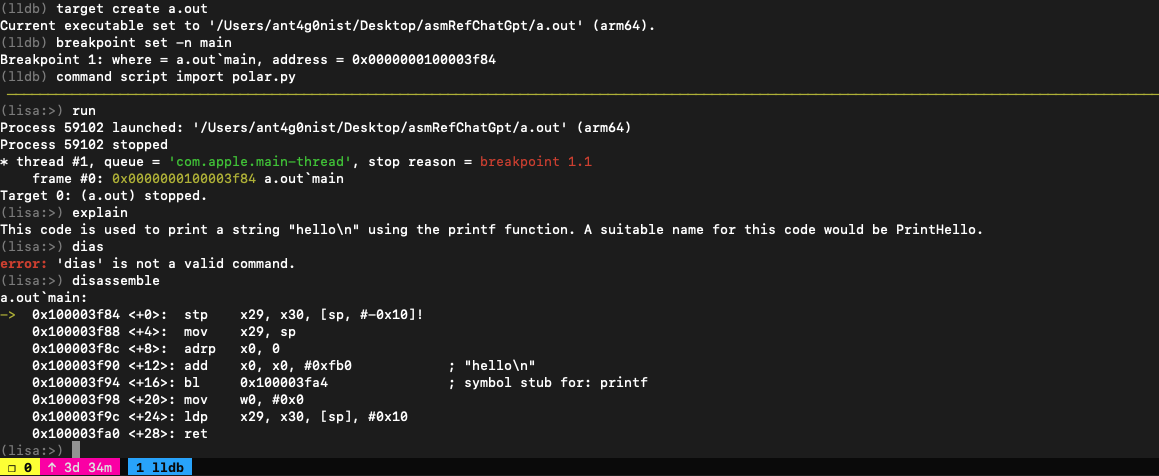After being scammed into thinking her daughter was kidnapped, an Arizona woman testified in the US Senate about the dangers side of artificial intelligence technology when in the hands of criminals.
Jennifer DeStefano told the Senate judiciary committee about the fear she felt when she received an ominous phone call on a Friday last April.
Thinking the unknown number was a doctor’s office, she answered the phone just before 5pm on the final ring. On the other end of the line was her 15-year-old daughter – or at least what sounded exactly like her daughter’s voice.
“On the other end was our daughter Briana sobbing and crying saying ‘Mom’.”
Briana was on a ski trip when the incident took place so DeStefano assumed she injured herself and was calling let her know.
DeStefano heard the voice of her daughter and recreated the interaction for her audience: “‘Mom, I messed up’ with more crying and sobbing. Not thinking twice, I asked her again, ‘OK, what happened?’”
She continued: “Suddenly a man’s voice barked at her to ‘lay down and put your head back’.”
Panic immediately set in and DeStefano said she then demanded to know what was happening.
“Nothing could have prepared me for her response,” Defano said.
Defano said she heard her daughter say: “‘Mom these bad men have me. Help me! Help me!’ She begged and pleaded as the phone was taken from her.”
“Listen here, I have your daughter. You tell anyone, you call the cops, I am going to pump her stomach so full of drugs,” a man on the line then said to DeStefano.
The man then told DeStefano he “would have his way” with her daughter and drop her off in Mexico, and that she’d never see her again.
At the time of the phone call, DeStefano was at her other daughter Aubrey’s dance rehearsal. She put the phone on mute and screamed for help, which captured the attention of nearby parents who called 911 for her.
DeStefano negotiated with the fake kidnappers until police arrived. At first, they set the ransom at $1m and then lowered it to $50,000 when DeStefano told them such a high price was impossible.
She asked for a routing number and wiring instructions but the man refused that method because it could be “traced” and demanded cash instead.
DeStefano said she was told that she would be picked up in a white van with bag over her head so that she wouldn’t know where she was going.
She said he told her: “If I didn’t have all the money, then we were both going to be dead.”
But another parent with her informed her police were aware of AI scams like these. DeStefano then made contact with her actual daughter and husband, who confirmed repeatedly that they were fine.
“At that point, I hung up and collapsed to the floor in tears of relief,” DeStefano said.
When DeStefano tried to file a police report after the ordeal, she was dismissed and told this was a “prank call”.
A survey by McAfee, a computer security software company, found that 70% of people said they weren’t confident they could tell the difference between a cloned voice and the real thing. McAfee also said it takes only three seconds of audio to replicate a person’s voice.
DeStefano urged lawmakers to act in order prevent scams like these from hurting other people.
She said: “If left uncontrolled, unregulated, and we are left unprotected without consequence, it will rewrite our understanding and perception what is and what is not truth. It will erode our sense of ‘familiar’ as it corrodes our confidence in what is real and what is not.”


